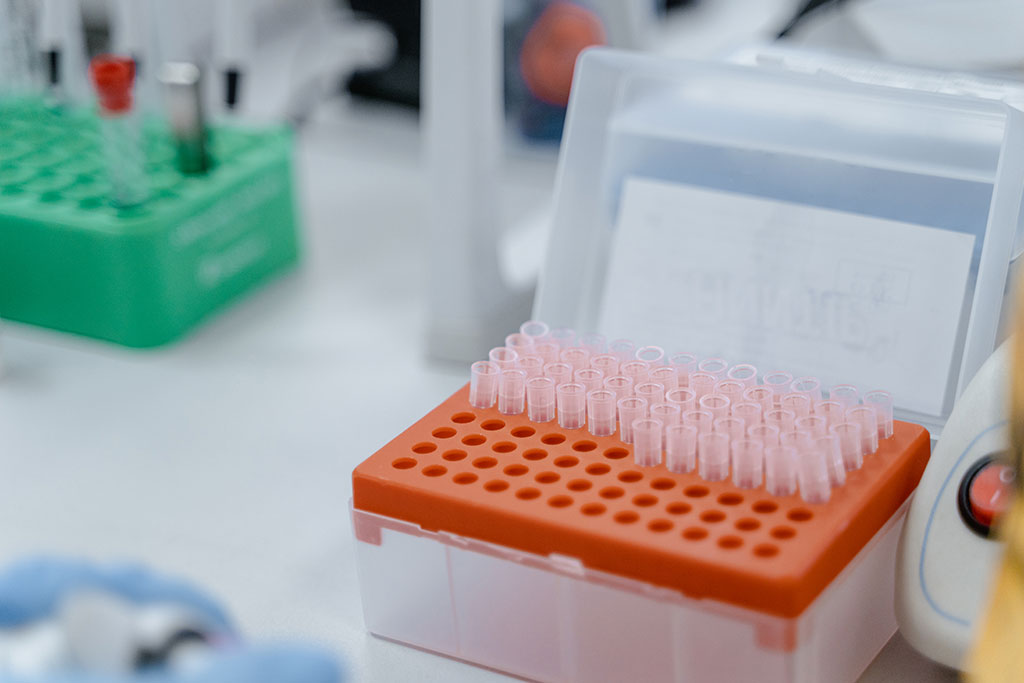Novel Biosensor to Detect DNA Damage in Real Time Could Revolutionize Cancer Treatment
Posted on 16 Mar 2023
Double-strand breaks (DSBs) are a form of DNA damage in which both strands of DNA break at the same place, adversely affecting cell growth and functioning. Presently, immunostaining techniques are utilized to detect DSBs by identifying the markers accompanying DNA damage, such as the γH2AX protein. Nonetheless, these processes are laborious and incapable of recognizing DSBs in real-time in living specimens.
Scientists from Pusan National University (Busan, South Korea) have invented a new biosensor that utilizes fluorescence resonance energy transfer (FRET) to spot DNA double-strand breaks in real-time in living specimens. The biosensor has the potential to transform cancer treatment by providing doctors with an understanding of how cells respond to therapeutic treatments and also aid in the discovery of new DNA repair drugs. Moreover, the new biosensor can be instrumental in discovering new treatments for DNA damage-related diseases by providing insights into how the human body repairs damaged DNA.

In a 2023 study, published in Biomaterials Research, researchers describe a FRET biosensor that is capable of detecting DSBs in real-time, and providing time- and location-based data on yH2AX. The FRET sensor comprises two fluorescent proteins or dyes - a donor and an acceptor - which examine the interactions between biological molecules. The energy transfer, and consequently, the amount of emitted light (the FRET signal) depends on the distance and orientation between the two dyes. The research team attached the fluorescent dyes with proteins involved in the cellular response to DNA damage, namely the H2AX substrate and BRCT1 domain. The H2AX substrate is a target for the H2AX protein to bind and become phosphorylated (forming γH2AX).
On the other hand, the BRCT1 domain serves as a site for the collection of repair proteins, including γH2AX. Thus, when a DSB occurs, γH2AX is attracted to the BRCT1 domain, resulting in a conformational change in the fluorescent proteins, thus resulting in a change in the FRET signal. The researchers then proceeded to confirm the validity of the sensor by introducing plasmids (DNA that, here, contains instructions to make the FRET sensor inside the cells) encoding the FRET sensor into human embryonic kidney cells (HEK293T) cells. The biosensor was found to be more sensitive at reacting to the presence of γH2AX than conventional immunostaining techniques, thus making it better at detecting drug- and radiation-induced DSBs.
"The biosensor we have designed could be useful in areas such as cancer treatment and drug discovery," said Associate Professor Tae-Jin Kim, from Pusan National University, Korea, who led the study. "Moreover, as changes in the FRET signal give useful indications of the extent of the DNA damage, the sensor can also be used to examine DNA damage and repair mechanisms, optimize cancer treatments, discover and assess DNA repair drugs, and identify DNA damaging factors in the environment."
Related Links:
Pusan National University




 assay.jpg)









